RELG 433 - Biblical Archaeology
Tel Dan
Tel Dan takes its name from the Israelite name for the town which the tribe of Dan took from the Canaanites during the period of the Judges (Judges 18:1-2, 11, 26-29).
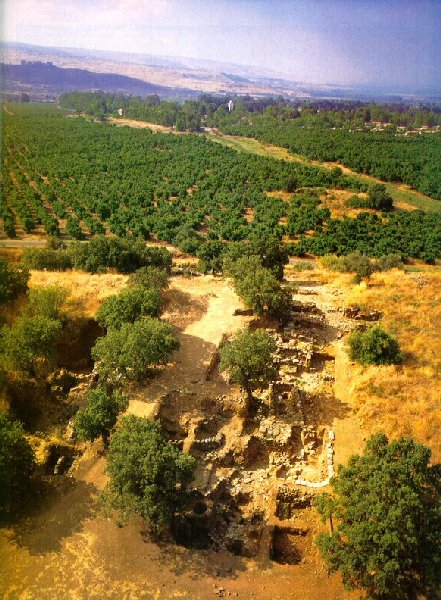 The Canaanite name for the town had been Laish, and according to Judges 18:7 & 28 it was an outpost of Sidon, but was too far away to be protected adequately from attack by the Israelites.
Under its new name it was one of the most northerly towns of Israel, hence the expression "from Dan to Beersheba" to indicate the whole land of Israel in Old Testament times.
The Canaanite name for the town had been Laish, and according to Judges 18:7 & 28 it was an outpost of Sidon, but was too far away to be protected adequately from attack by the Israelites.
Under its new name it was one of the most northerly towns of Israel, hence the expression "from Dan to Beersheba" to indicate the whole land of Israel in Old Testament times.
As the passage in Judges indicates, it became an independent center for syncretistic worship (incorporating elements from the Canaanite religion) from the earliest days of Israel up until the time that the northern tribes were taken into captivity by the Assyrians (Judges 18:30-31). Indeed, when Jeroboam led the northern tribes into rebellion against Judah, he set up an "official" worship center at Dan (1 Kings 12:26-30)
In 1966 Avraham Biran started excavating Tel Dan - and continued working on the site for the next 35 years.
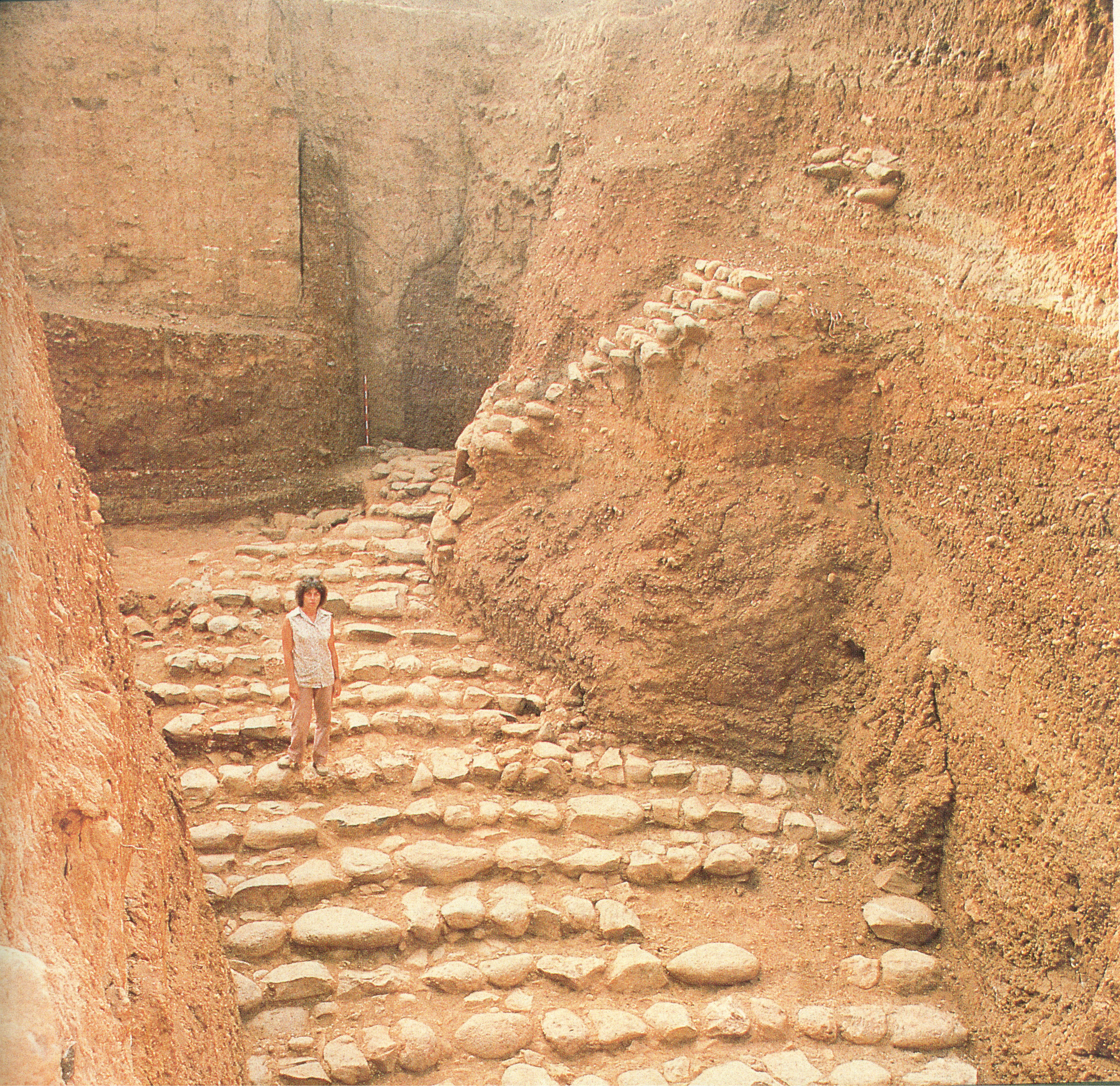
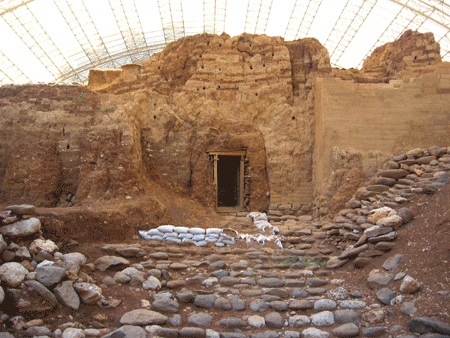 During that time he uncovered the world's oldest mud-brick arched gateway, built by the Canaanites before the Israelites arrived in the land.
During that time he uncovered the world's oldest mud-brick arched gateway, built by the Canaanites before the Israelites arrived in the land.
The triple-arched, mud-brick gate complex (originally coated in white plaster) was uncovered by Biran's team in 1979 and 1980. The 50-foot-wide gateway is flanked by two towers, which have been preserved to a height of 47 courses of mud-bricks (about 23 feet) - probably their original height. Remarkably, the three courses of bricks forming the gate's arched entrance were discovered entirely intact.
Almost as soon as Biran began to uncover the massive portal, the mud-brick began to disintegrate. The Israel Antiquities Authority backfilled part of the site and erected a roof to protect the mud-brick from the elements, and work started for the conservation of the site. However, scientists simply do not yet know how to preserve exposed mud-brick structures.
Over the years, Tel Dan has yielded city walls, a tomb with Late Bronze Age Mycenaean pottery, religious artifacts such as stone altars and iron incense shovels, and Israelite cultic ruins. Biran uncovered Dan's bamah, or "high place", where he believes a golden idol was originally installed.

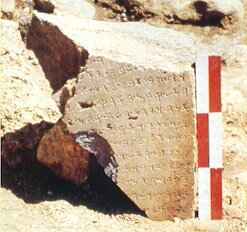
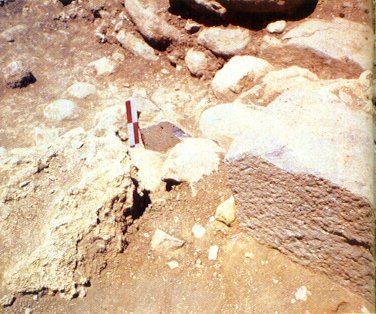 Perhaps Biran's most fascinating find were three fragments from a basalt stele dating to the late 9th century B.C. (the time of the divided monarchy) which contains the earliest non-biblical reference to "the House of David" and the Davidic dynasty that ruled the kingdom of Judah.
Perhaps Biran's most fascinating find were three fragments from a basalt stele dating to the late 9th century B.C. (the time of the divided monarchy) which contains the earliest non-biblical reference to "the House of David" and the Davidic dynasty that ruled the kingdom of Judah.
Copyright © 1999 Shirley J. Rollinson, all Rights Reserved